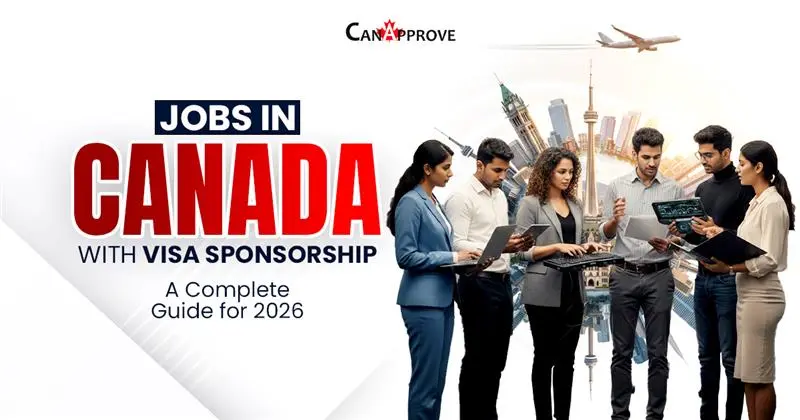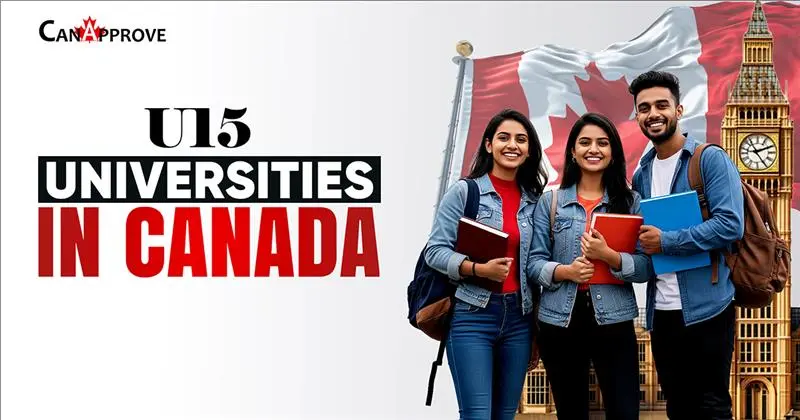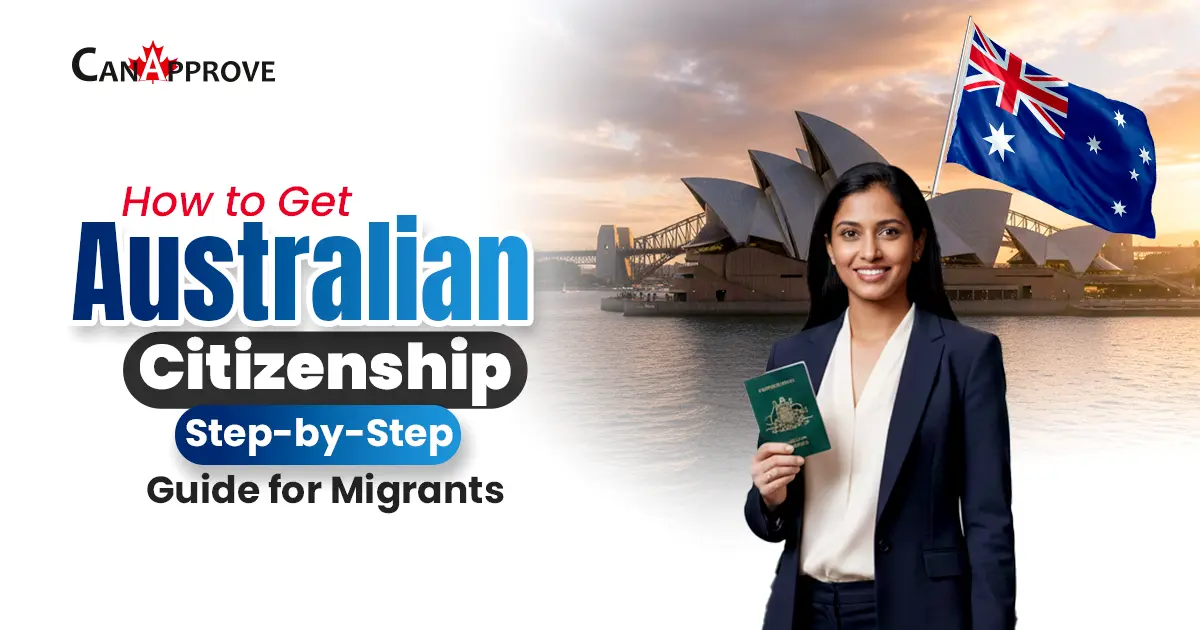Canada Flagpoling
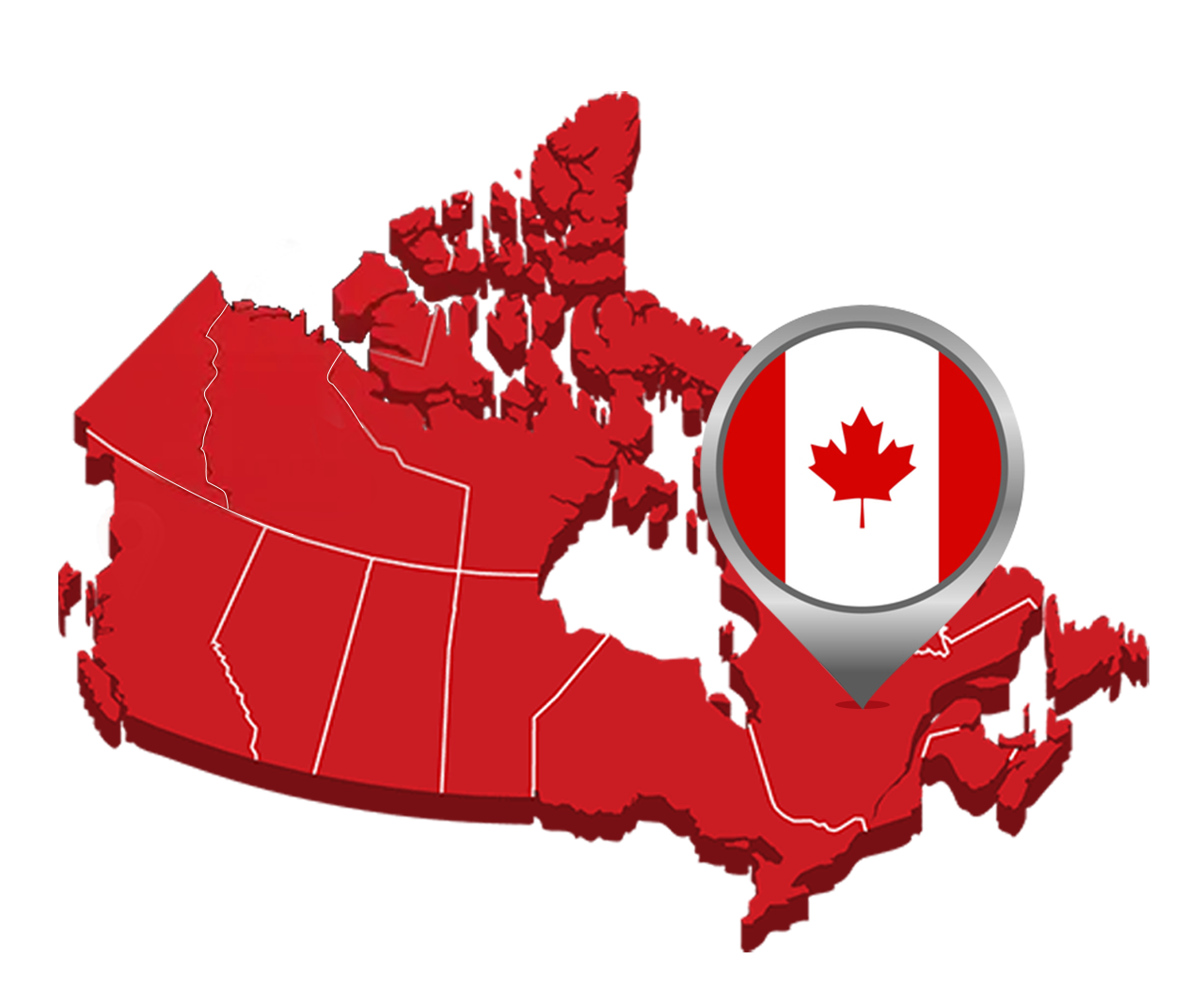
Canada Flagpoling
Flagpoling in Canada refers to the process where temporary residents, such as those on work or study permits, leave Canada and re-enter through a land border to immediately apply for immigration status changes, such as permanent residency or renewal of permits, without needing to leave the country.
Typically, individuals will “flagpole” by traveling to the U.S. – Canada land border crossing, officially “leaving” Canada, and then returning to the Canada immigration office at the border to complete their application. It’s a quick way to resolve immigration paperwork compared to submitting applications online, which often takes longer.
Why Choose Flagpoling?
Flagpoling allows you to fast-track the processing of your immigration documents, avoiding the lengthy wait times associated with online or mail-in applications. This process is often used to:
- Validate a new work permit or study permit.
- Finalize permanent residency landing procedures.
- Change or renew your immigration status without actually leaving the country.
Who Can Benefit from Flagpoling?
Flagpoling is ideal for:
- Foreign workers in Canada looking to validate their work permits.
- International students transitioning from study permits to work permits.
- Permanent residents finalizing their landing procedure.
Benefits of Flagpoling
- Immediate Processing: Flagpoling allows for same-day processing of your immigration documents.
- No U.S. Entry Required: You do not need to actually enter the United States to complete the process.
- Efficient: It’s a popular method for validating changes in your immigration status without the hassle of waiting for months.
How Does Flagpoling Work?
Flagpoling involves a few simple steps:
1. Exit Canada:
Travel to a U.S. land border crossing ( locations include Niagara Falls, Fort Erie, or Surrey). Upon reaching the U.S. border, inform the officials that you are not seeking entry into the U.S.
2. Receive U.S. Refusal of Entry:
The U.S. border officials will issue a refusal of entry document, which is a standard part of the flagpoling process. Don’t worry—this refusal has no impact on future travel to the U.S.
3. Re-enter Canada:
Return to the Canadian border where you will present your immigration documents. Canadian Border Service Agency (CBSA) officers will then process your documents (e.g., a new work or study permit) and confirm your updated immigration status.
Key Locations for Flagpoling
Some of the popular U.S.-Canada border crossings for flagpoling include:
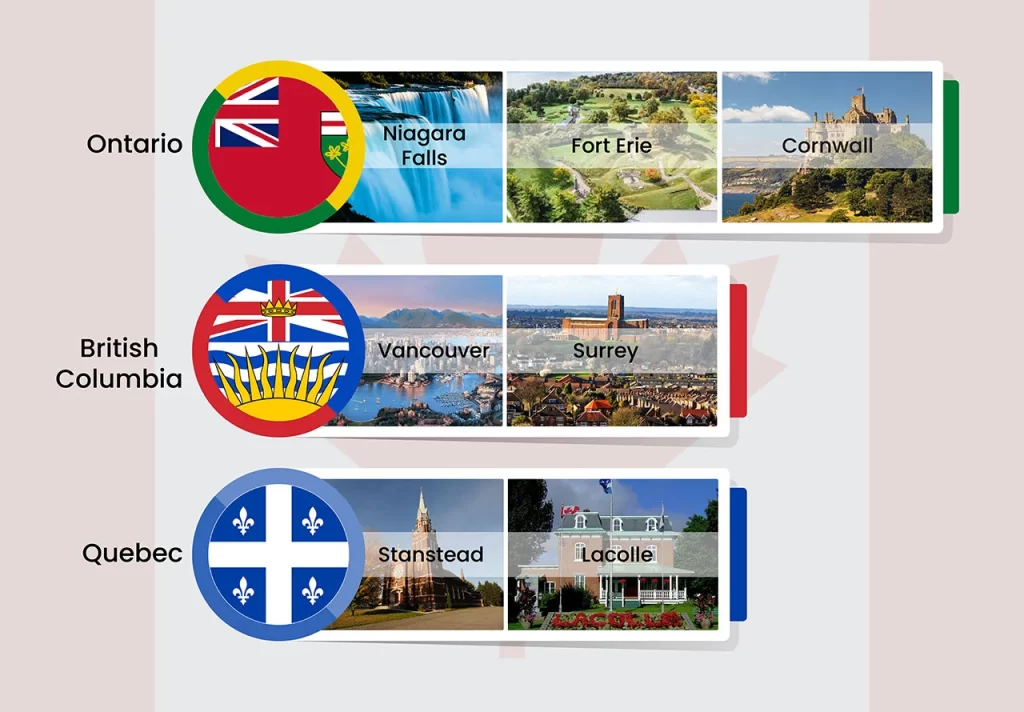
It’s important to note that flagpoling practices can change over time, and it’s always recommended to check with the Canadian Border Services Agency (CBSA) for the most current information and any specific requirements or restrictions that may be in place at these crossings.
Is Canada flagpoling a legal practice?
Yes, flagpoling is indeed a legal practice and has been utilized for years, particularly at land border crossings like those in the Niagara region of Ontario. It has gained popularity due to the increasing backlog of applications with Immigration, Refugees, and Citizenship Canada (IRCC). The process allows individuals to speed up their status changes, such as renewing work or study permits, or finalizing permanent residency applications, without waiting for extended processing times. While it can be done at any point of entry, land border crossings are preferred for convenience and efficiency.
Despite being legal, it’s important to note that border crossings have their own rules, and there might be instances when flagpoling is discouraged during busy periods, or you may need to check if the specific crossing is handling these cases.
Frequently Asked Questions
To flagpole, you will need the following documents:
- A valid passport
- Your Immigration, Refugees and Citizenship Canada (IRCC) approval letter or Confirmation of Permanent Residence (COPR)
- Any other relevant documents, such as proof of funds, medical exams, or job offers, depending on your status.
Canada Immigration
- Express Entry Program
- Express Entry Latest Draw
- Provincial Nominee Program
- AIP Program
- Start-up Visa
- Family Sponsorship
- Quebec Immigration
- Canada Work Permit
- Temporary Foreign Worker Program
- International mobility program
- Open Work Permit
- Post-graduation Work Permit
- Bridging Open Work Permit
- Temporary Resident Visa
- Canada Digital Nomad Visa
- Canada Super Visa
- PR Renouncing
- Visitor Record
- PR Travel Document
- Canadian Passport
- Citizenship Certificate
- Canada Flagpoling
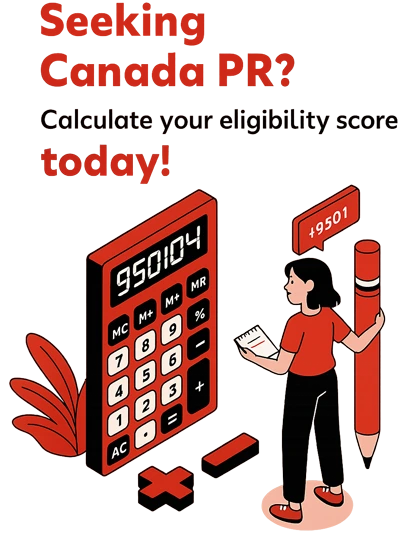
Recent Blogs
How to Apply for Canada Federal Skilled Worker Program in 2026
Are you a skilled professional dreaming of a new life in Canada? The Canada Federal Skilled Worker Program (FSWP) under…
Jobs in Canada with Visa Sponsorship: The Complete Guide for 2026
Jobs in Canada with Visa Sponsorship are becoming a game-changer for global professionals in 2026. As industries across the country…
U15 Universities in Canada: A Complete Guide for International Students
Canada is home to some of the world’s most respected universities, and many of them belong to the U15 Universities…
How to Get Australian Citizenship: Step-by-Step Guide for Migrants
If you’re wondering how to get Australian citizenship as a migrant, knowing the full pathway is essential before you start…
Demand for Pharmacists in Germany
Germany’s healthcare system is actively seeking skilled professionals to meet growing demand, and this has created excellent opportunities in pharmacist…



